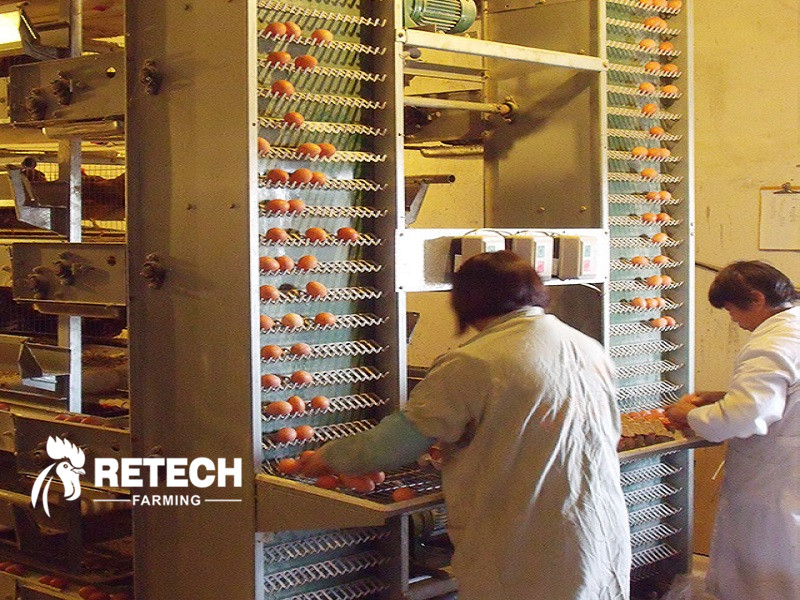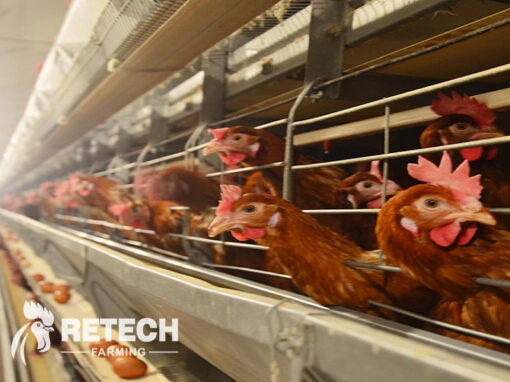Is this “sterile egg” really free of bacteria? Can “sterile egg” really be eaten raw? What’s the difference between “sterile egg” and regular egg?
Test results | |||
| Type | Total Colony | Escherichia | coli Salmonella |
| Sterile egg shell | <100CFU/piece | <100CFU/piece | Not detected |
| Boxed egg shell | <100CFU/piece | <100CFU/piece | Not detected |
| Bulk egg shell | 1.6*108CFU/piece | <100CFU/piece | Not detected |
| Sterile egg liquid | <10CFU/piece | <10CFU/ML | Not detected |
| Boxed egg liquid | <10CFU/piece | <10CFU/ML | Not detected |
| Bulk egg liquid | <10CFU/piece | <10CFU/ML | Not detected |
1.What is the difference between “sterile egg” and regular egg?
Sterile egg refer to eggs obtained by sterilizing the shell of the egg by a certain sterilization process. The purpose of this sterilization process is to reduce the microbial content on the outer surface of the egg and to avoid the risk of salmonella contamination in the egg to the greatest extent.

egg layer cage
2.Are “sterile egg” really free of bacteria?
Sterile egg are strictly controlled and handled so they contain fewer harmful bacteria, but not all of them are killed.
Compared with ordinary eggs, sterile egg are more expensive, and whether sterile egg are worth buying depends on personal needs, dietary habits and consumption levels.

What is the difference between sterile eggs and regular eggs?
3.Can “sterile eggs” be eaten raw?
Sterile eggs only minimize the risk of contamination of egg with Salmonella, but not absolutely.
In terms of nutritional value, the protein absorption rate of raw egg is about 55%, and the protein absorption rate of boiled egg is more than 91%. From the perspective of nutrition and food safety, it is recommended to eat cooked egg.
Follow us ,we will update the breeding information.


